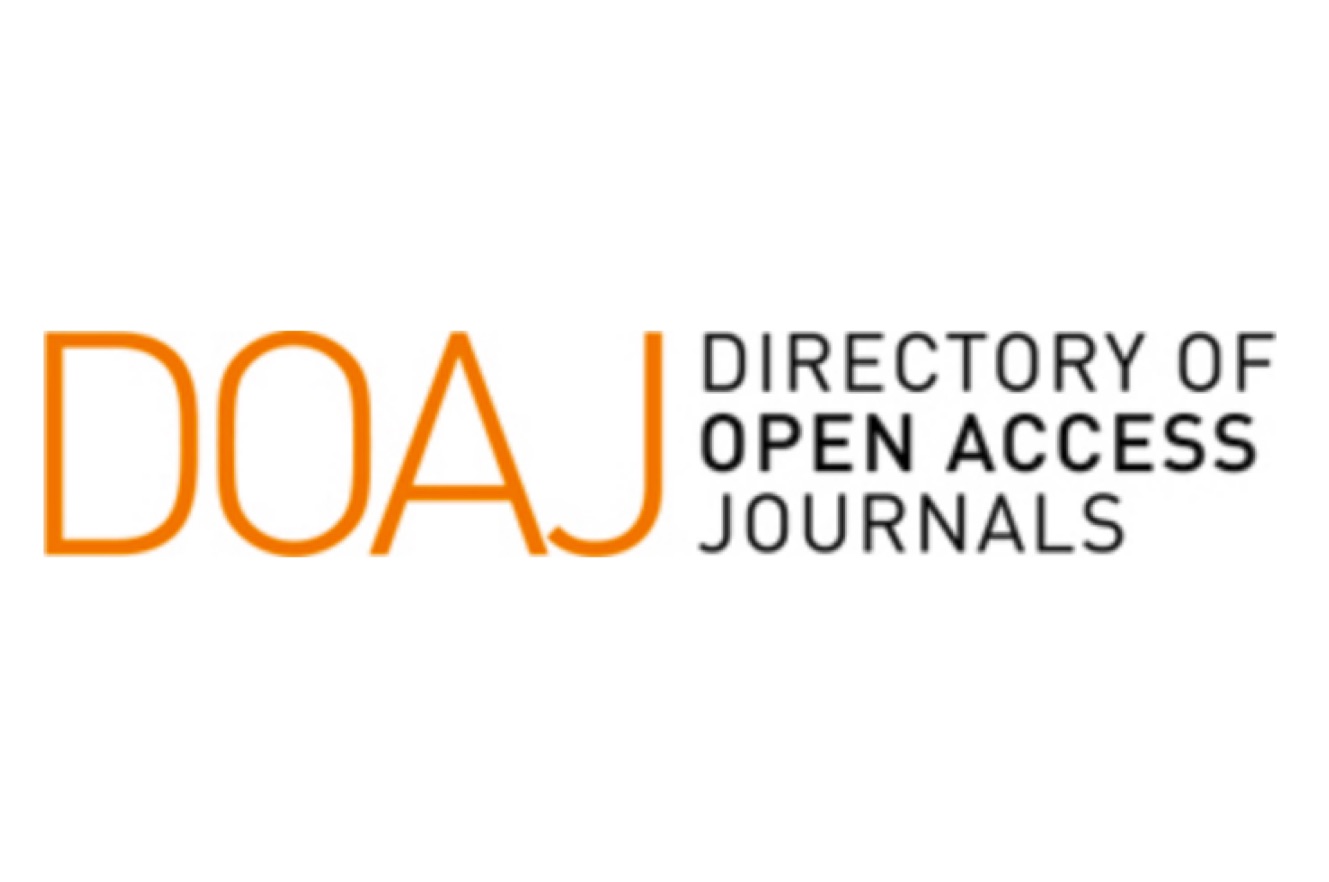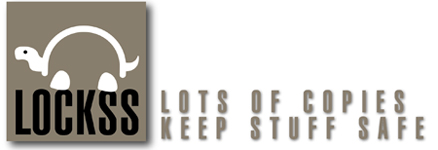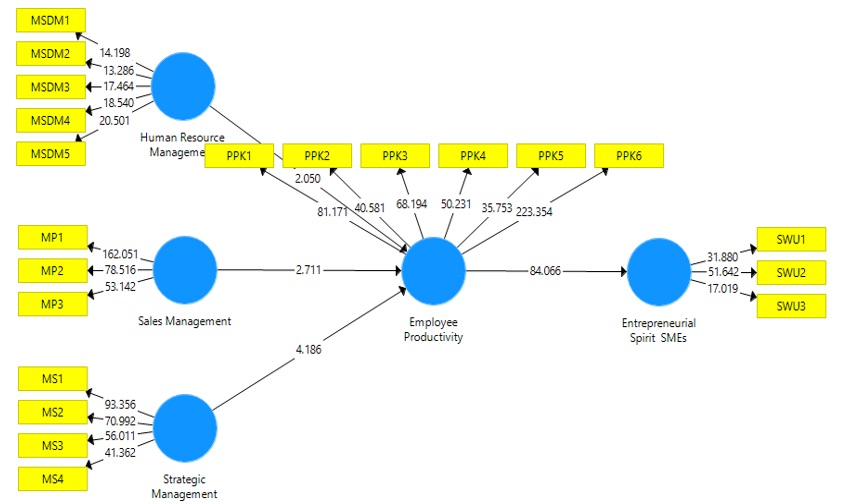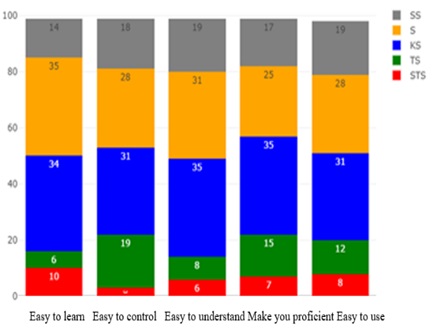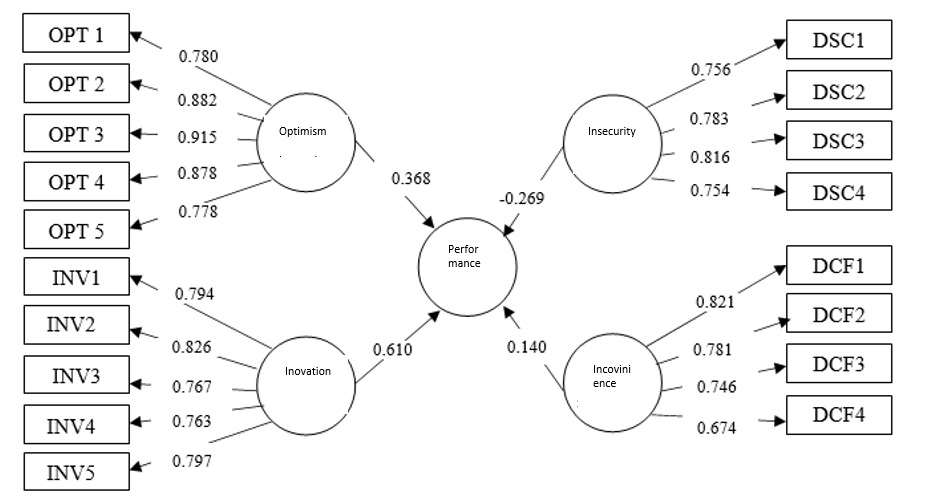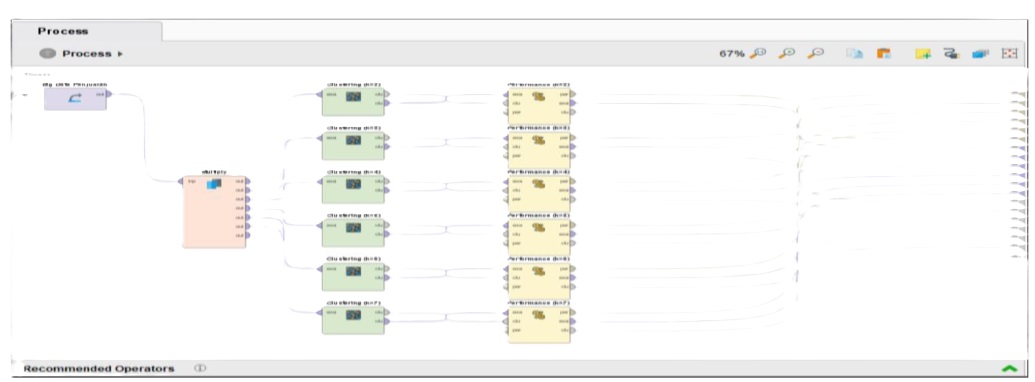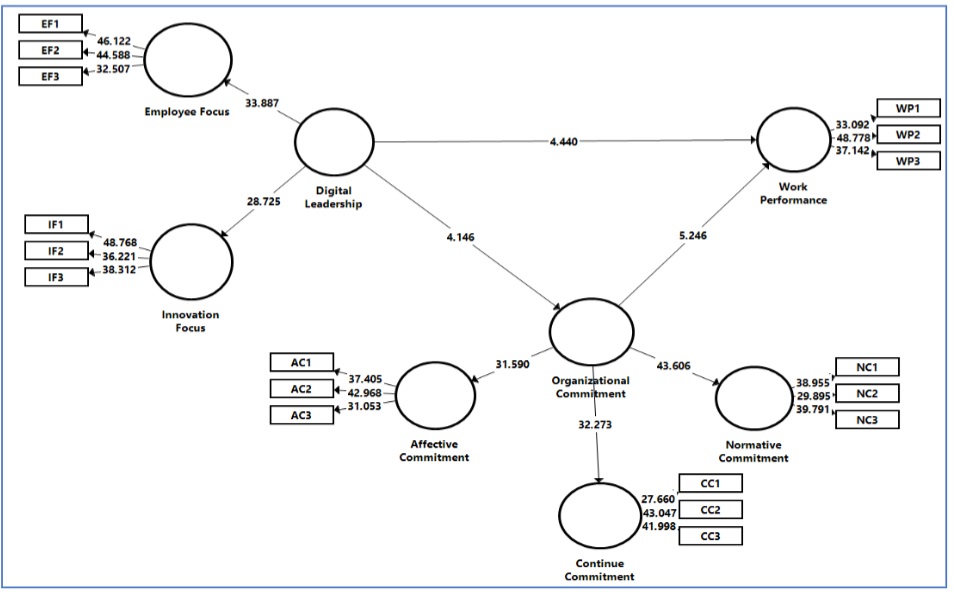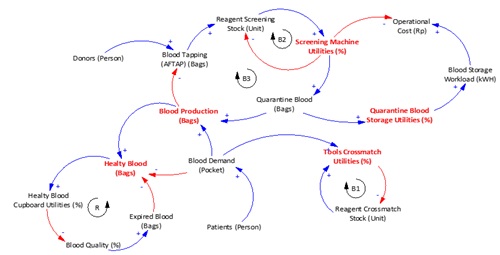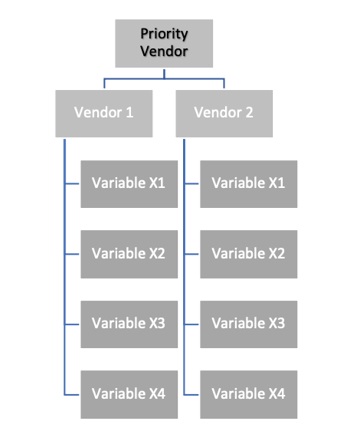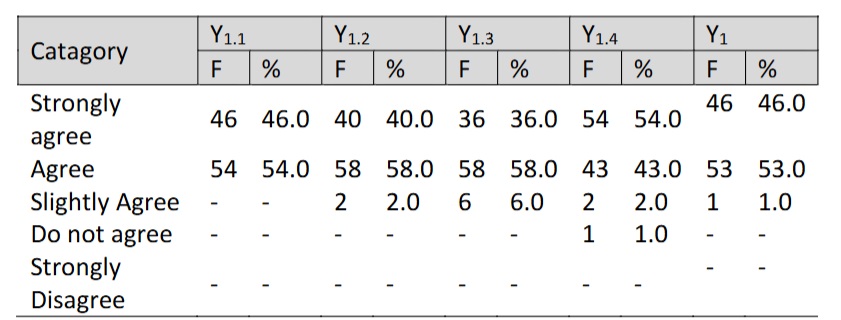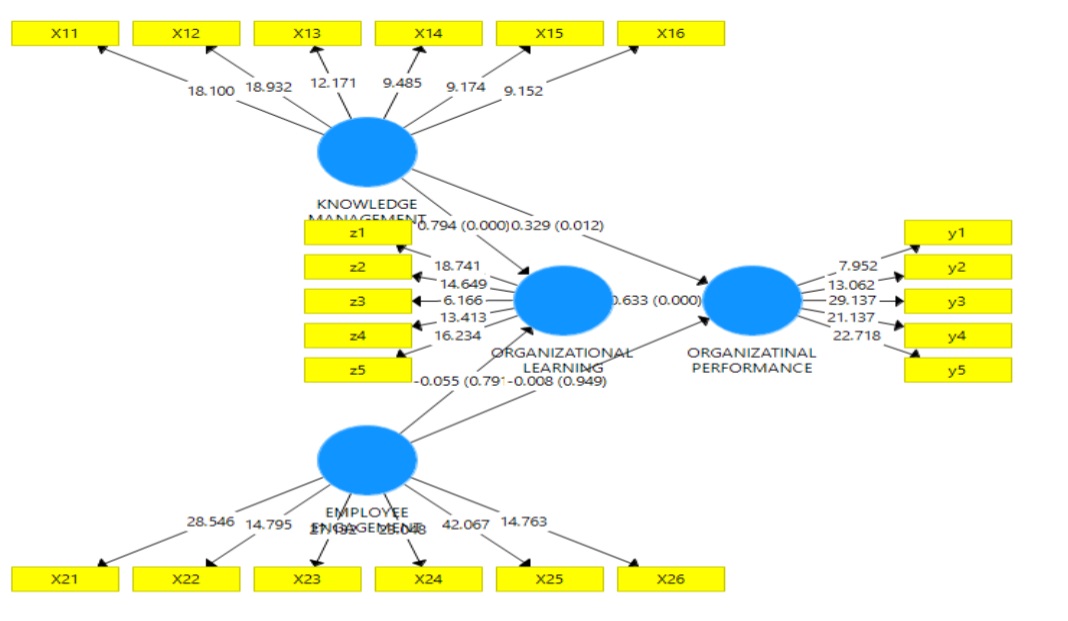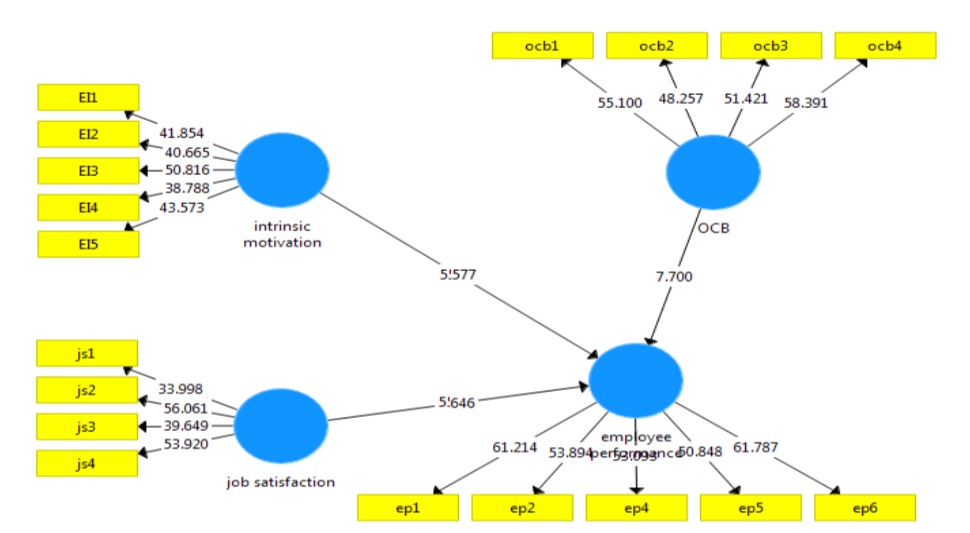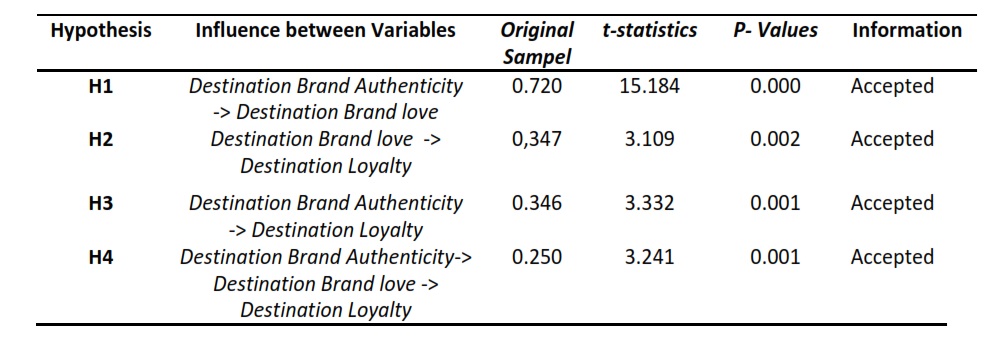ANALISA PERBANDINGAN DIFERENSIASI PRODUK PADA RADUSA.CO DAN MAPLE_ID
Downloads
In Indonesia the fashion business developments take place quite rapidly. Along with the increased efforts in the field of fashion, causing competition among entrepreneurs engaged in the same field. Various strategies drawn up by the employers in order to win or retain its position as market leader. There are many businesses especially fashion handbags are such change or modify the appearance of the product. When talking about the uniqueness of bags for teenagers and adults may employers bag will compete to create innovative products to create a variety of sizes and colors, unlike the case with the children's work unique bags are bags production Radusa Company and Maple Indonesia. The objective of this study was to compare product differentiation of Radusa Company and Maple Indonesia and to know that consumers have been able to identify well the product differentiation that had been produced compared to their competitors The research method used is a mix method that is quantitative method and qualitative method, to be able to describe a certain condition about product differentiation at Radusa Company and Maple Indonesa. The sampling technique used is nonprobability sampling with purposive method, where the sample is the consumer who is at least 16 years old. For each company taken a sample of 30 consumers. The results of this study indicate that the outline of Radusa Company has differentiated the product in terms of shape, quality of performance, suitability of quality, durability, reliability, ease of improvement and style. While Maple Indonesia has a differentiation of products viewed from the form, features, quality performance, quality conformance, durability, reliability, ease of improvement and style. Based on the respondent's statement about the comparison of product differentiation and Wilcoxon test, it is found that Radusa Company is better than Maple Indonesia
Downloads
Adisaputro Gunawan. 2010. Manajemen Pemasaran Analisis Untuk Perancangan Strategi Pemasaran. Yogyakarta : UPP STIM YKPN.
Ali Hasan. 2013. Marketing dan Kasus – Kasus Pilihan. Yogyakarta : CAPS (Center for Academic Publishing Service).
Craven, David W, and Nigel F, Piercy. 2006. Strategic Marketing, 8th edition. New York: Mc Graw Hill Inc.
Daryanto. 2013. Sari Kuliah Manajemen Pemasaran. Cetakan II. Januari 2013. PT. Sarana Tutorial Nurani Sejahtera. Bandung.
Djaslim Saladin. 2011. Perilaku Konsumen dan Pemasaran strategik. Bandung : Agung Ilmu.
Fandy Tjiptono. 2011. Pemasaran Jasa. Jatim : Bayumedia Publishing.
Kotler, Philip 2009. Manajemen Pemasaran. Edisi 13 Jilid 1. Jakarta : Erlangga.
____________ dan Kevin Keller. 2007. Manajemen Pemasaran, Edisi Kedua Belas, Jilid I. Jakarta:PT Indeks.
____________ dan Gary Armstrong. 2012. Principle of Marketing, 15th edition. New Jersey : Prentice Hall.
____________ dan Gary Armstrong. 2014. Principle of Marketing, 15th edition. New Jersey : Prentice Hall.
____________ dan Kevin Keller. 2016. Marketing Management, 15th Global Edition. England : Pearson Educationn Limited.
Sugiono. 2012. Metode Penelitian Kuantitatif Kualitatif dan Rd. Bandung : Alfabeta.
JMIL Jurnal Manajemen Industri dan Logistik (Journal of Industrial and Logistics Management) is an Open Access Journal. The authors who publish the manuscript in JMIL Jurnal Manajemen Industri dan Logistik agree to the following terms:

JMIL Jurnal Manajemen Industri dan Logistik is licensed under a Creative Commons Attribution 4.0 International License. This permits anyone to copy, redistribute, remix, transmit and adapt the work provided the original work and source is appropriately cited.
This means:
(1) Under the CC-BY license, authors retain ownership of the copyright for their article, but authors grant others permission to use the content of publications in JMIL Jurnal Manajemen Industri dan Logistik in whole or in part provided that the original work is properly cited. Users (redistributors) of JMIL Jurnal Manajemen Industri dan Logistik are required to cite the original source, including the author's names, JMIL Jurnal Manajemen Industri dan Logistik as the initial source of publication, year of publication, volume number, issue, and Digital Object Identifier (DOI); (2) Authors grant JMIL Jurnal Manajemen Industri dan Logistik the right of first publication. Although authors remain the copyright owner.















